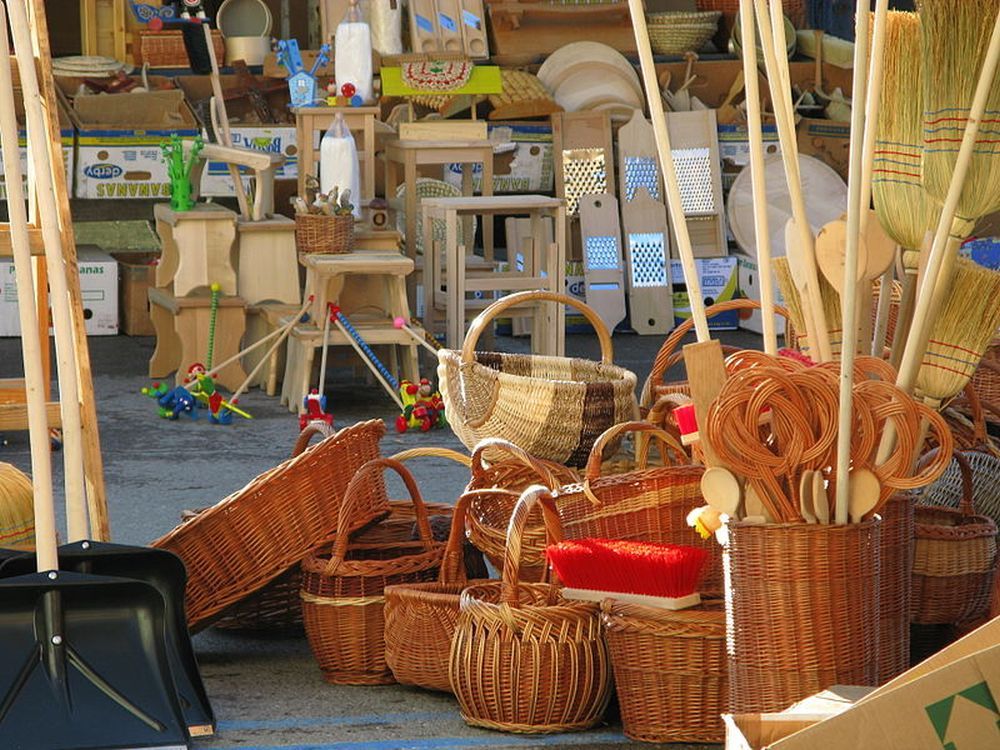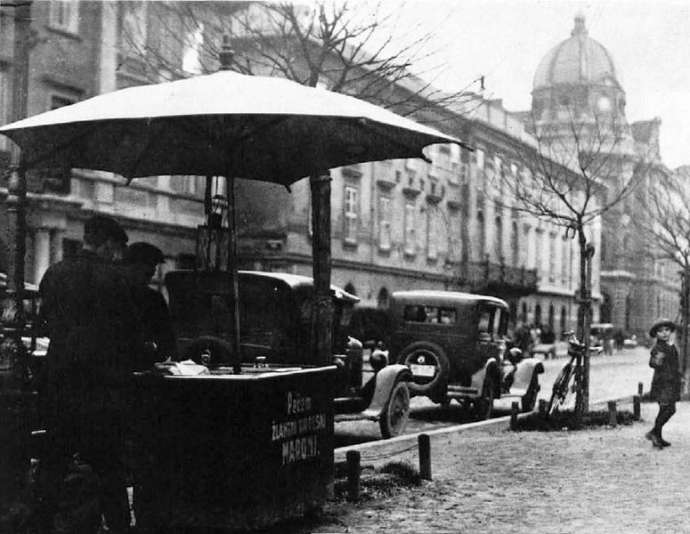January 16, 2019
In 1895 a decree of the City of Vienna limited the permitted worktime on Sundays to six hours, sparking protest from Slovenian chestnut sellers.
One of the oldest forms of seasonal work migration among Slovenes is that of selling chestnuts, with people moving at the beginning of winter to Vienna to roast chestnuts in the streets of the empire's capital.
In the 1850s there were about one thousand registered chestnut sellers in Vienna, out of which almost one half were from Slovenia, mostly from the areas of Velike Lašče, Ribnica and Kočevje. Chestnut huts were not known in those days, and kostanjarji would roast their chestnuts in the streets and markets from morning to night, no matter the weather.
On today's date in 1895 the City of Vienna limited all forms of work to six hours on Sunday to enforce observation of the Sabbath as a day reserved for rest and religious activity. This brought complaints from the chestnut sellers, as sales were best on Sundays. The authorities, however, insisted on the shortened hours and only allowed for extensions on the last Sunday before Christmas and in Prater, a large public park in Vienna.
At the end of the season Slovenian kostanjarji mostly returned to their homes, while some remained in the city. The latter were mostly from the Ribnica region, who established handicraft shops In Vienna and would continue their business selling their woodcraft items, also called suha roba (lit. ‘dry goods’) in the streets and markets of Vienna for the rest of the year.








